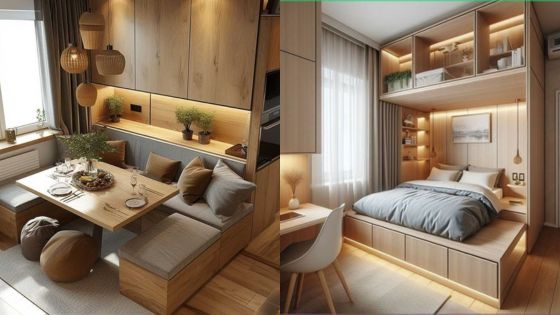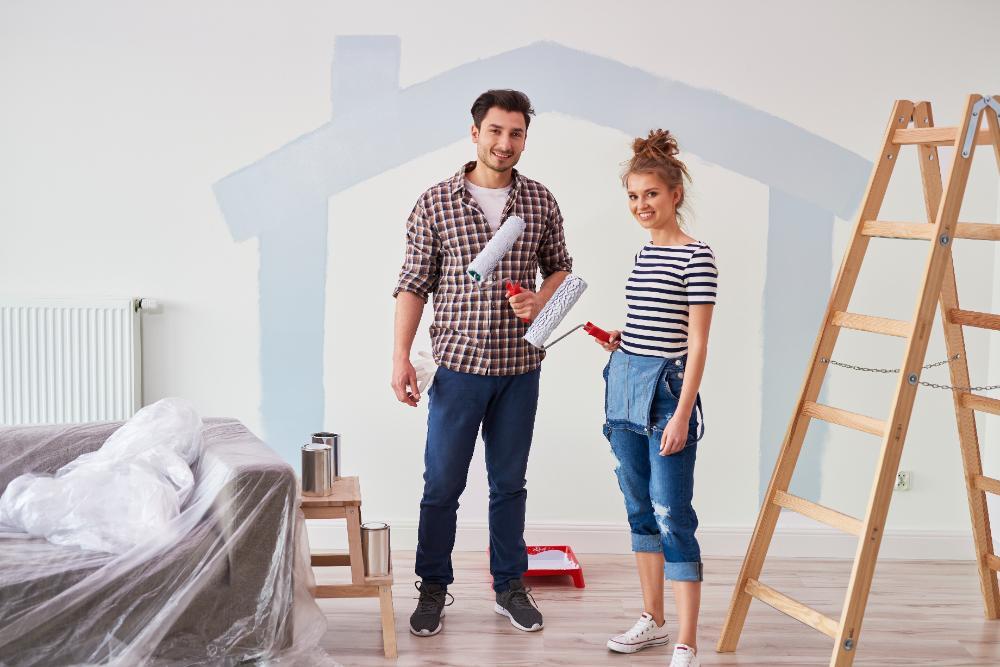
Moving to a new home can feel both exciting and overwhelming. It’s a fresh start and an opportunity to redesign your space to make it feel yours. Whether you’re dealing with a smaller apartment or a larger house, how you arrange and decorate your new space plays a big role in how comfortable and functional it feels. In this article, we’ll show you how to redesign your space after moving to a new home to fit your style and needs. Simple steps will make your new place a cozy, organized, and welcoming home.
Start with a Clean Slate: Assess Your New Space
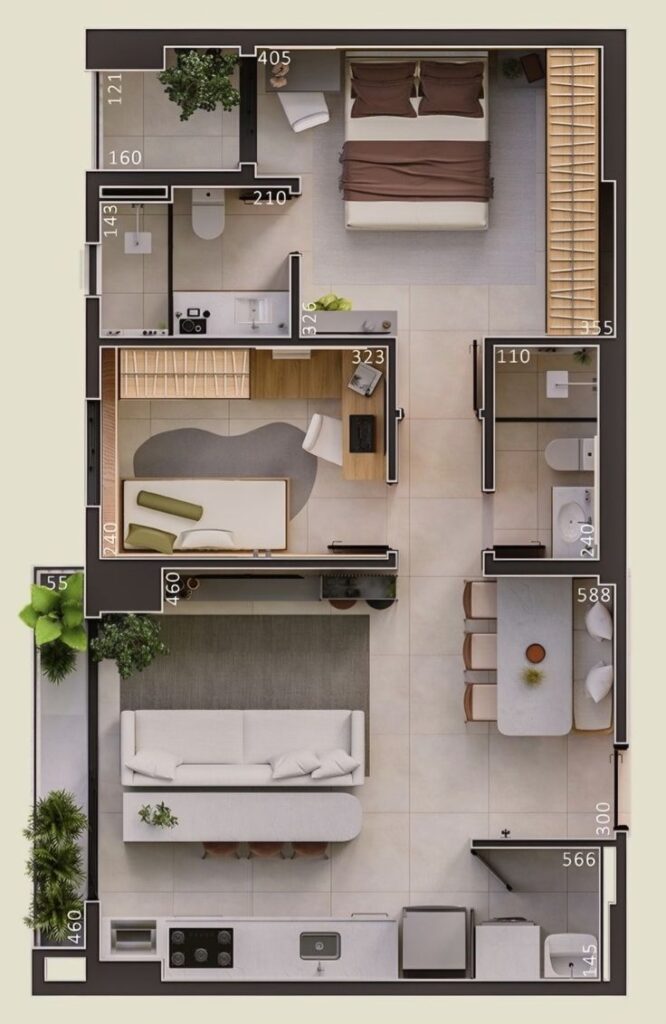
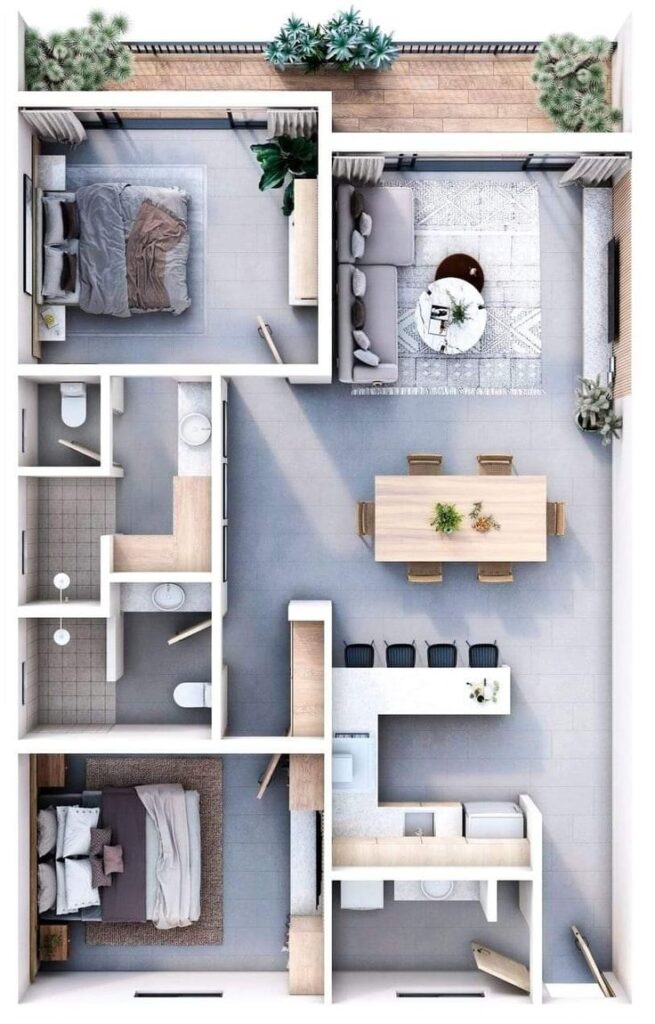
Before rearranging or buying new furniture, take some time to assess your new space. Walk through each room and evaluate the layout. Pay attention to how the space flows and how you move through it. For example, consider where you spend the most time and how you want the furniture arranged for comfort and convenience.
At the same time, look at the natural light in each room—maximizing natural light can make a big difference in how a room feels. Note any windows or areas with plenty of sunlight, and consider placing seating or workspaces nearby.
Also, examine the size of each room. A smaller space might need compact, multifunctional furniture, while larger rooms may benefit from bigger pieces to fill the space. Once you’ve assessed the space, you’ll know what needs to change and where to start.
Set a Budget: Plan for What You Need
Setting a budget is one of the first steps to redesign your space after moving to a new home. It helps you avoid overspending and gives you a clear idea of what you can afford. Start by making a list of the items you need. Do you need new furniture, like a couch or dining table, or can you repurpose pieces from your old home? Identify what’s missing or what needs replacing.
Once you know what you need, set a realistic budget for each item. If you’re on a tight budget, look for ways to refresh your space without buying everything new. For example, you can repurpose old furniture with a fresh coat of paint or new cushions. Thrift stores and online marketplaces are also great places to find affordable pieces.
Define Your Style: Make it Yours
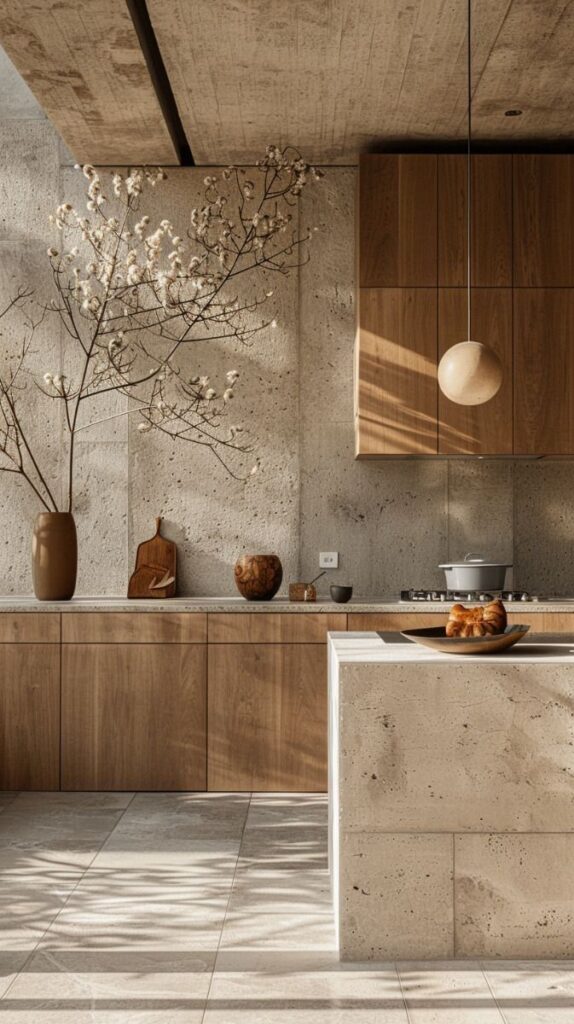
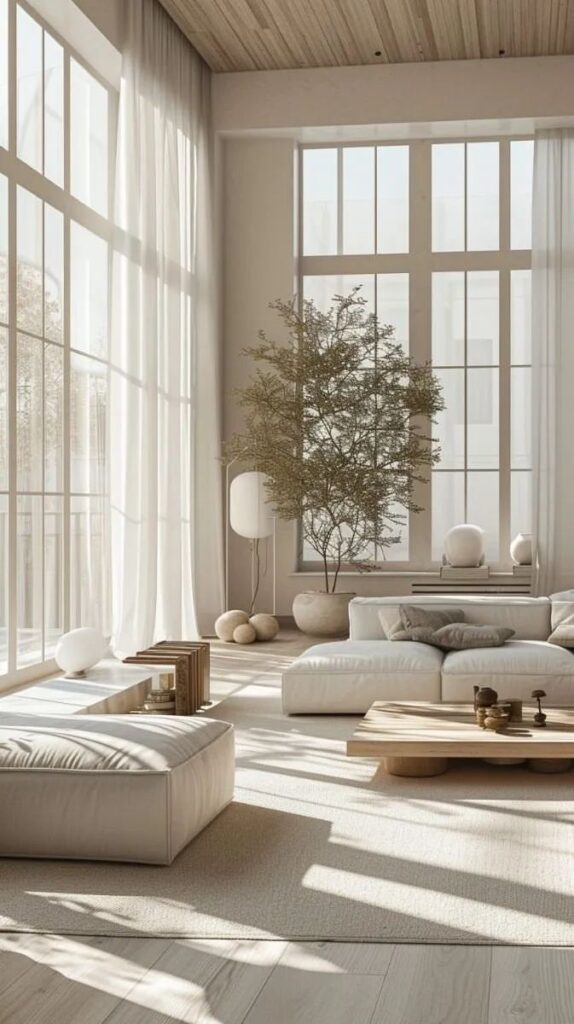
Defining your style is key to redesigning your space. Start by thinking about the look and feel you want in each room. Do you prefer a modern, minimalist design or something more cozy and traditional? Once you have an idea, choose colors that fit your style. For example, light blues or neutrals might work well if you like a calm and airy atmosphere.
On the other hand, if you prefer something more energetic, bold colors like red or yellow can add life to your space. In addition, mix old and new items to create a balanced look. You don’t have to buy everything brand new. Incorporating some of your old pieces can make the space feel more personal.
Redesign Your Space After Moving to a New Home: Maximize Storage
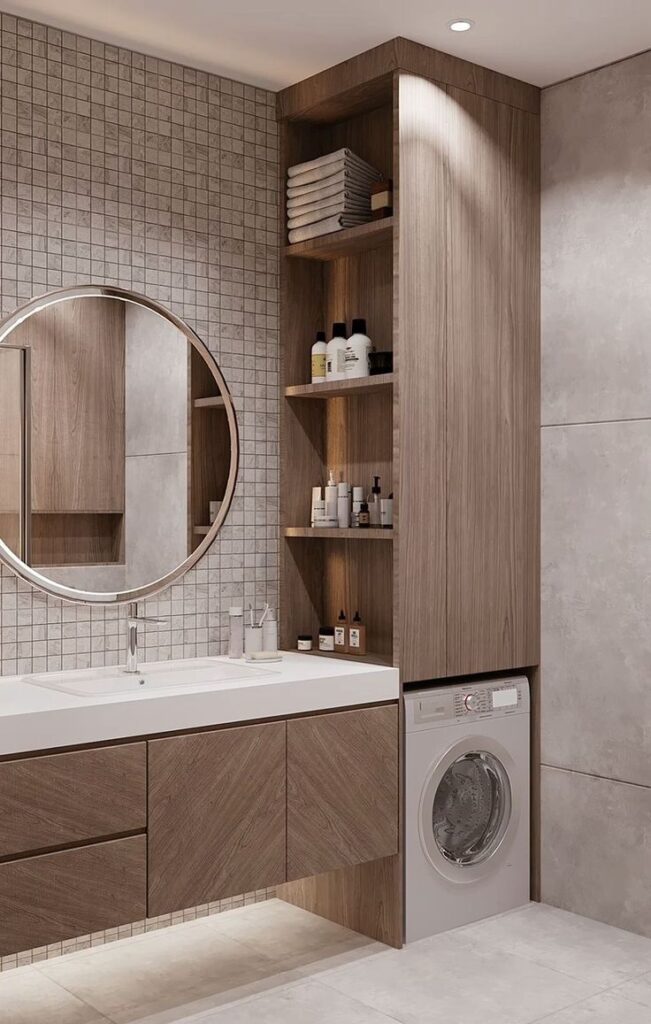
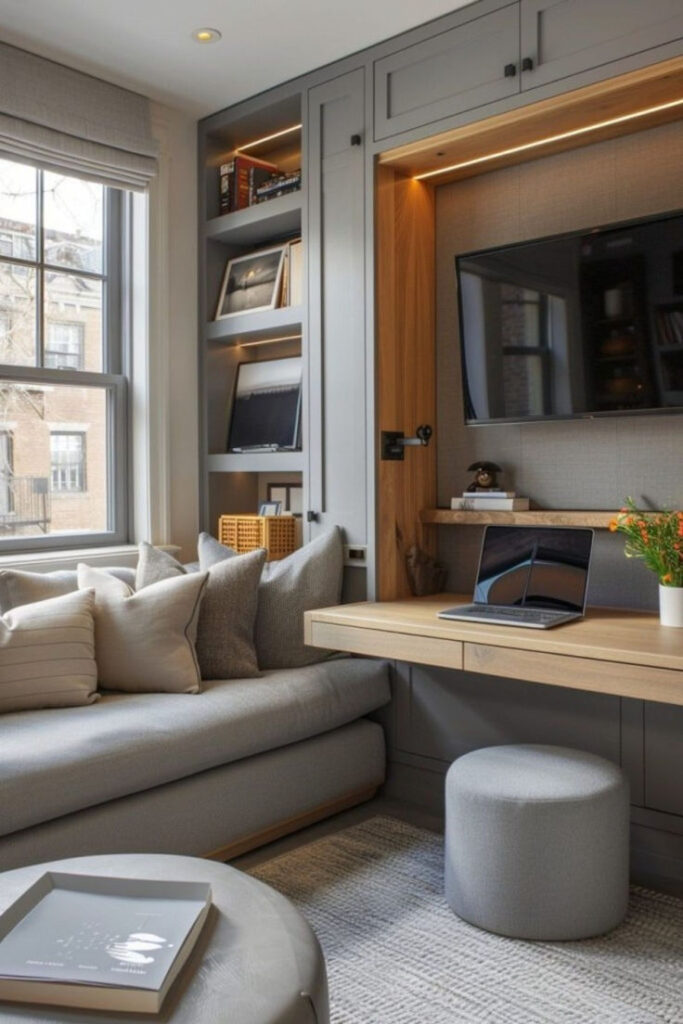
Maximizing storage is key to keeping your new home organized and functional. Start by looking for furniture that can serve multiple purposes, like a coffee table with storage or a bed with drawers underneath. These types of pieces save space while keeping your items out of sight. Also, consider wall-mounted shelves or hooks in smaller rooms to keep things off the floor.
At the same time, use baskets, bins, or drawer organizers for kitchens and bathrooms to help manage clutter. Don’t forget about hidden storage, like under-the-bed space or storage ottomans. These small solutions make a big difference in creating a tidy, efficient home. With a little planning, you can keep your space organized without sacrificing style or comfort.
Add Personal Touches: Make It Feel Like Home
Adding personal touches to your new home helps make it feel like your own. One easy way to do this is by incorporating items that reflect your personality, such as family photos, artwork, or souvenirs from your travels. These items add warmth and character to your space.
Another great way to personalize your home is by adding plants. However, when handling plants during your move, keep them healthy using easy tips. For instance, prune and trim them before moving them to remove any dead or excess growth. Water your plants and allow the soil moist but not soggy to help them survive the move. Also, suitable containers should be used to keep them safe and secure during transportation. In addition to plants, textiles like throw blankets, rugs, and cushions can bring comfort and style to your home. These small details create a space that truly feels like yours.
In addition to plants, textiles like throw blankets, rugs, and cushions can bring comfort and style to your home. These items add color and texture and make a room feel cozier and more inviting. A soft blanket on the couch or a well-placed rug can instantly warm a space. Cushions in different shapes, sizes, and patterns allow you to mix and match to suit your style. These small details tie everything together and create a space that truly feels like yours—one that reflects your taste and offers comfort and relaxation.
Focus on Key Rooms First: Prioritize for Comfort
When redesigning your space after moving to a new home, focus on the key rooms, like the living room and bedroom. You’ll spend the most time in these areas, so they should feel comfortable and inviting. Start by arranging furniture in a way that encourages conversation and relaxation.
In the living room, create cozy corners with soft seating and warm lighting, making it a place where you want to unwind. At the same time, focus on a comfortable bed and storage solutions for your bedroom that keep the space clutter-free. Adding personal touches, like your favorite throw pillows or a nice rug, can make a big difference in both rooms. By prioritizing these spaces, you’ll have a home that feels cozy and functional from the start.
Take Your Time: Redesigning Is a Process
Redesigning your space doesn’t have to be rushed. Take your time and make changes at your own pace. You don’t need to buy everything or make all the decisions immediately. Instead, live in your space for a while to get a feel for it. That will help you understand what works and what doesn’t. Think about practical purposes you may not have provided for yet, such as where you’ll store that router after your technician comes around to connect Hughesnet internet.
Also, swapping out a lamp or rearranging furniture can make a big difference. Experiment with different layouts or decor ideas before committing to anything permanent. This approach will help you create a space that truly fits your needs and style without the pressure to perfect everything immediately.
Your New Home, Your Perfect Space
As you redesign your new home after moving, take your time to make thoughtful decisions and add personal touches that reflect your style. Focusing on key areas, setting a budget, and gradually making changes can create a comfortable and inviting space. However, remember that redesigning is a process; there’s no need to rush it. Enjoy each step as you make your new house feel like home.
- 922shares
- Facebook0
- Pinterest922
- Twitter0

